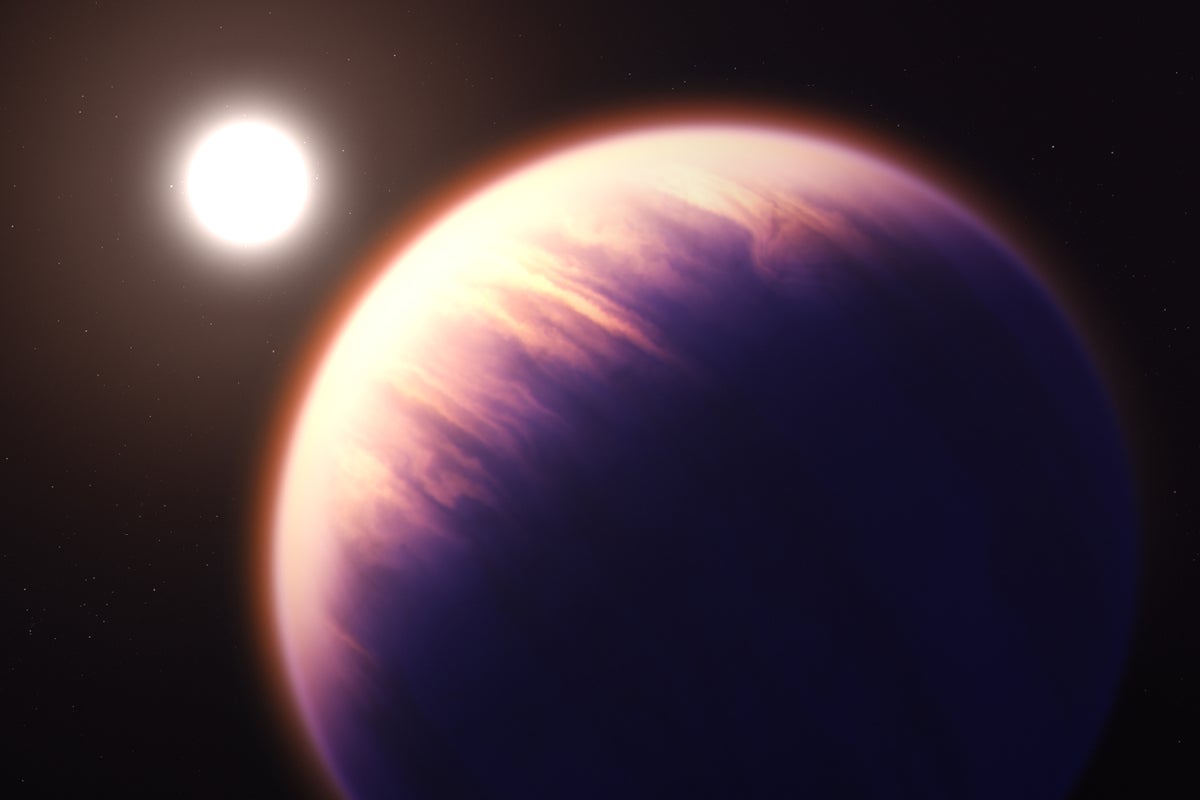
"Astronomers have yet to find irrefutable proof for any natural satellites of exoplanetsso-called exomoonsbut as circumstantial evidence accumulates and the list of candidates grows, the discovery of a true-blue exomoon seems to be looming on the horizon. The latest not-quite-smoking-gun claim concerns a potential exomoon that may be erupting to spew debris onto and around its host planet."
"Using NASA's James Webb Space Telescope (JWST), astronomers have identified a cloud of gas in the vicinity of the gas giant exoplanet WASP-39b that may come from an accompanying satellite. But even if that purported lunar companion proves illusory, this new method of tracking down mysterious sources of unexplained material around giant exoplanets could become a definitive pathway for future exomoon finds."
"Now a new preprint study, accepted for publication in the Monthly Notices of the Royal Astronomical Society, is challenging some details of that conclusion. The sulfur dioxide's source, this new study claims, is a hypervolcanic exomoon, similar in many ways to Jupiter's satellite Io. Caught in a gravitational tug-of-war between Jupiter's intense gravity and that of other nearby large moons, Io's innards are kneaded like dough by tidal forces, generating immense heat that powers enormous eruptions."
A cloud of gas has been identified near the gas giant exoplanet WASP-39b by JWST that may originate from a satellite. WASP-39b's large size, short-period orbit and deep transit make the planet favorable for detailed observations. Sulfur dioxide was detected in the planet's atmosphere in 2023. The sulfur dioxide may derive from a hypervolcanic exomoon similar to Jupiter's Io, where tidal stresses knead the interior and drive massive eruptions that eject material. Tracking unexplained material around giant exoplanets could provide a practical method to confirm exomoons in the future.
Read at www.scientificamerican.com
Unable to calculate read time
Collection
[
|
...
]